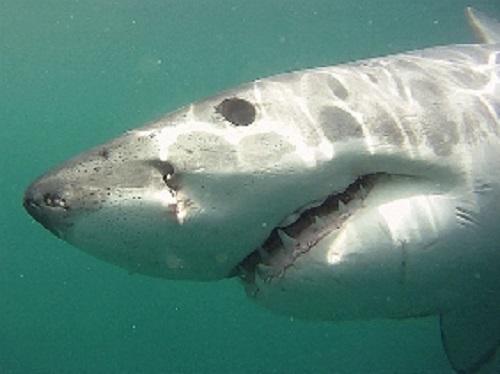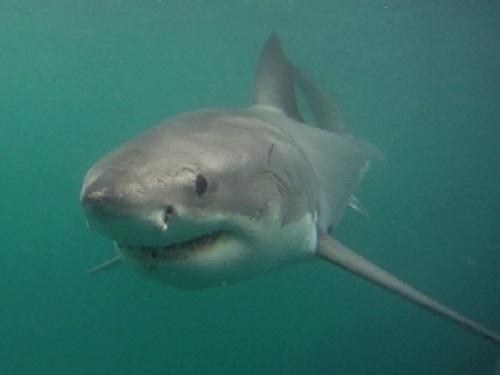Matthew Laurence Dicken
The aim of this project is to collect information on the population dynamics of white sharks within Algoa Bay, specifically within the Bird Island Marine Protected Area.

This project focuses on juvenile white sharks and investigates the possibility that the Bird Island MPA and inshore regions of Algoa Bay are nursery or pupping grounds for white sharks in South Africa. This information is crucial not only to improve our understanding of white shark biology, but also for their long-term management and conservation in South Africa, particularly within the Bird Island MPA.

Bird Island is one of a cluster of four islands, which constitute the Bird Island group in Algoa Bay. It was proclaimed a Marine Protected Area in 2005 and is thought to be an epicentre of white shark abundance. As a result, it has been earmarked for a cage diving permit. Existing white shark research in South Africa has focused almost exclusively on the adult component of the population in the Western Cape and KwaZulu-Natal. Although there have been no previous scientific studies on white sharks in Algoa Bay this region has the highest number of recorded catches for small (< 160 cm) sharks, in South Africa. This is close to the reported birth size for white sharks of 1.5 m.
We aim to collect baseline data on the size, sex and seasonal occurrence of white sharks within the Bird Island MPA by conducting monthly boat trips to the island over a 12-month period. Photos of sharks will be taken using a camera mounted with a fixed space laser pointer. This will allow reliable size estimates of sharks to be recorded. Sharks will be attracted to the boat for ID purposes using standard chumming practices used by other white shark researchers in South Africa. Sharks will be I’D from dorsal fin photos and from unique pigment patterns on the gill flaps, pelvic fins, and caudal fins. Shark sightings will be correlated with environmental conditions such as temperature, turbidity and current strength & direction.
This project is a preliminary study, which we hope will form the platform for a much larger and more integrated multidisciplinary project in the future. It is a project we hope to develop over the next 5 to 10 years with the inclusion of ultrasonic and satellite tagging as well as socio-economic studies related to the development of a proposed cage diving operation in the region.